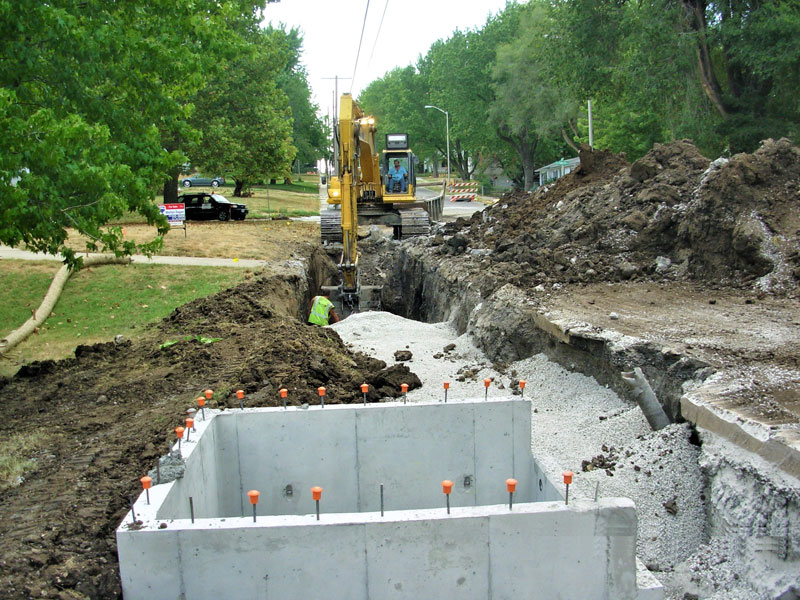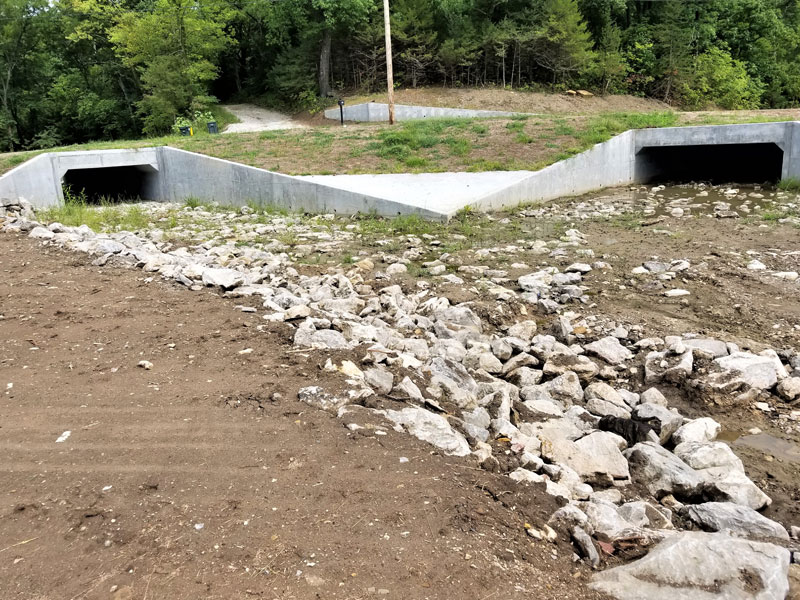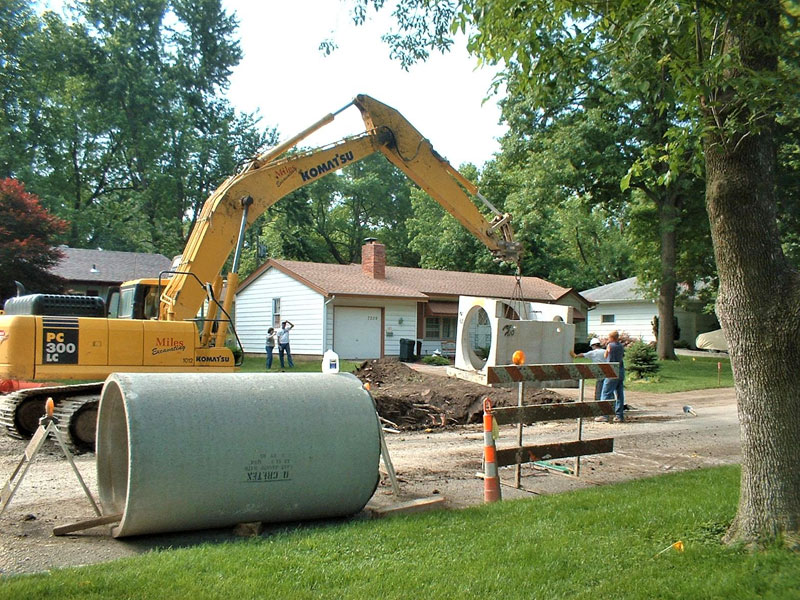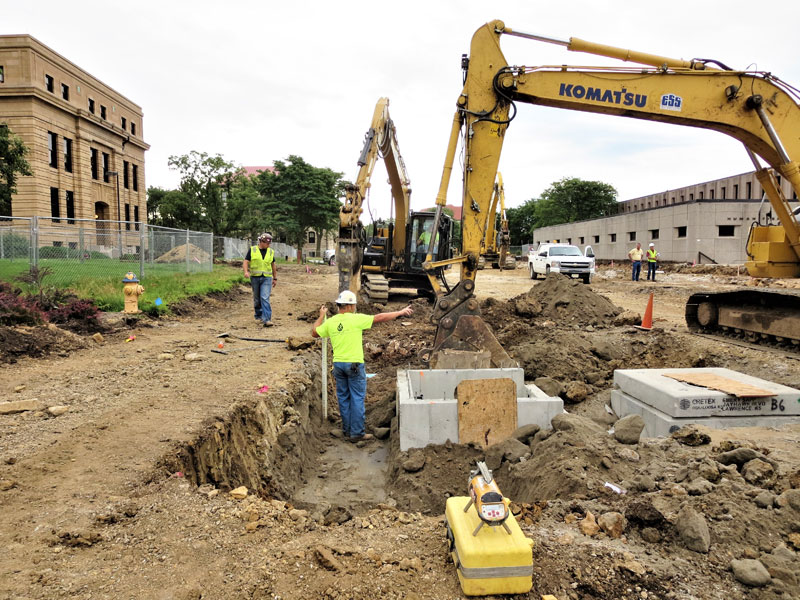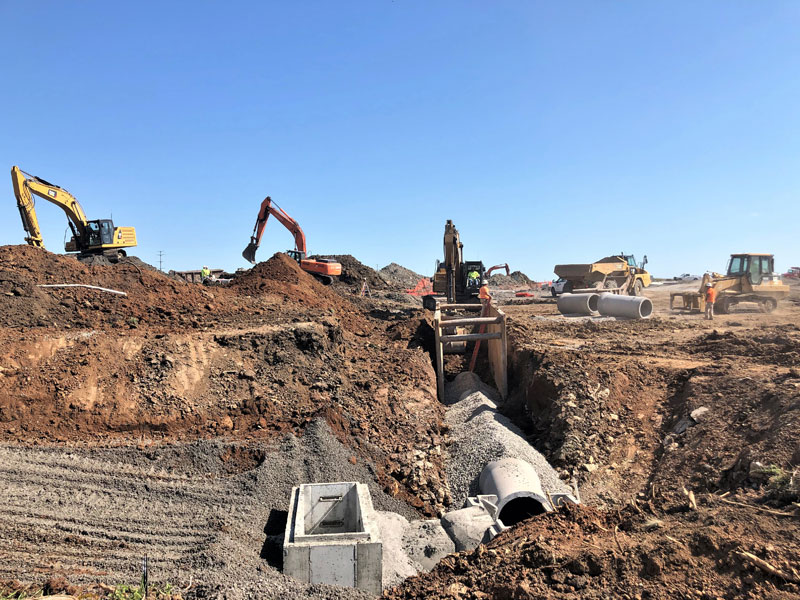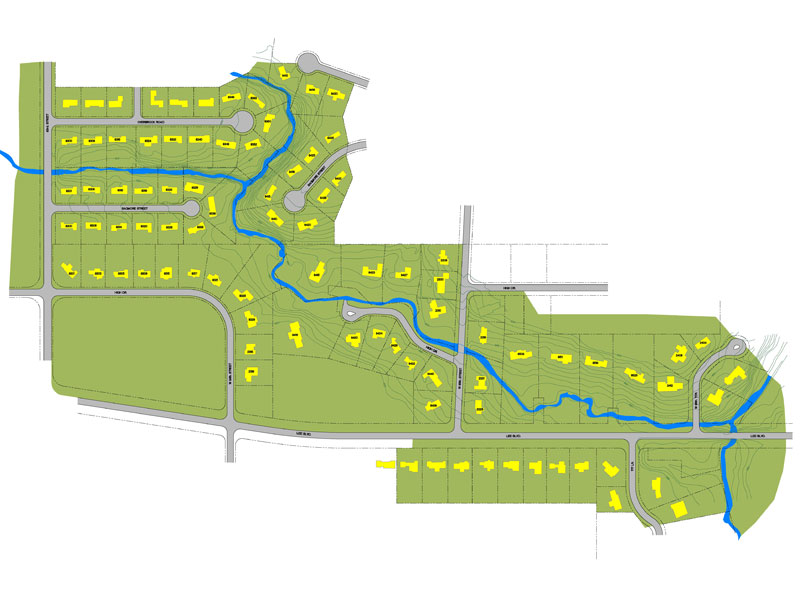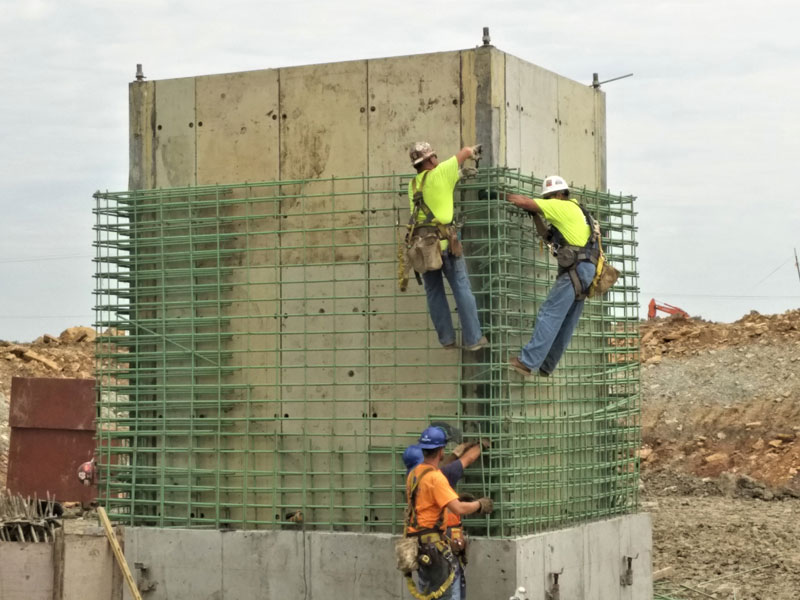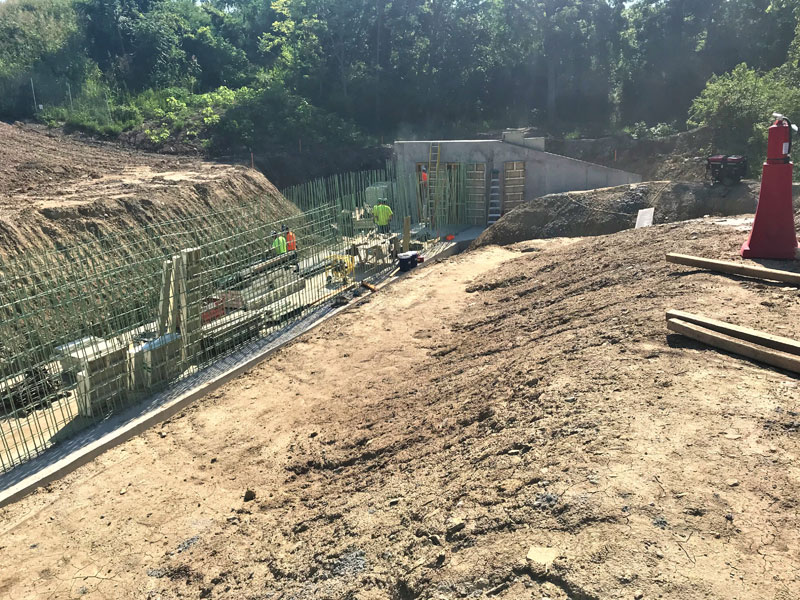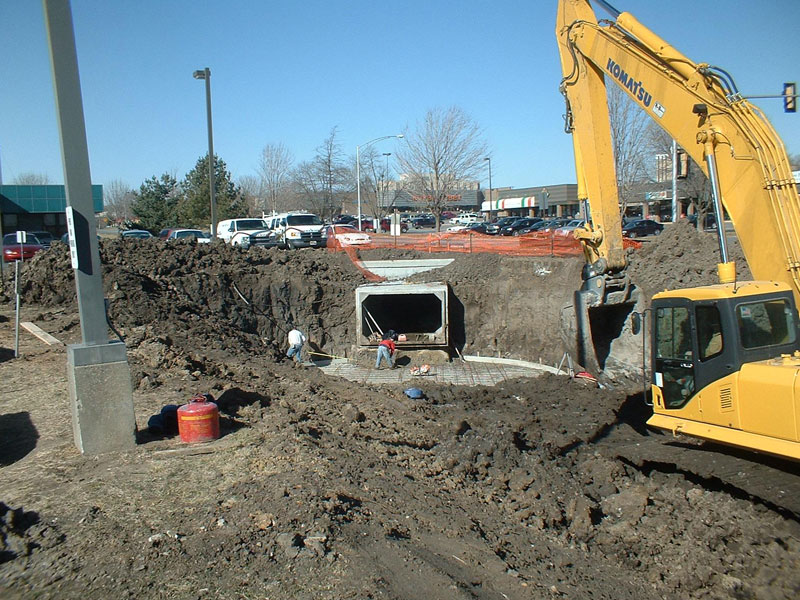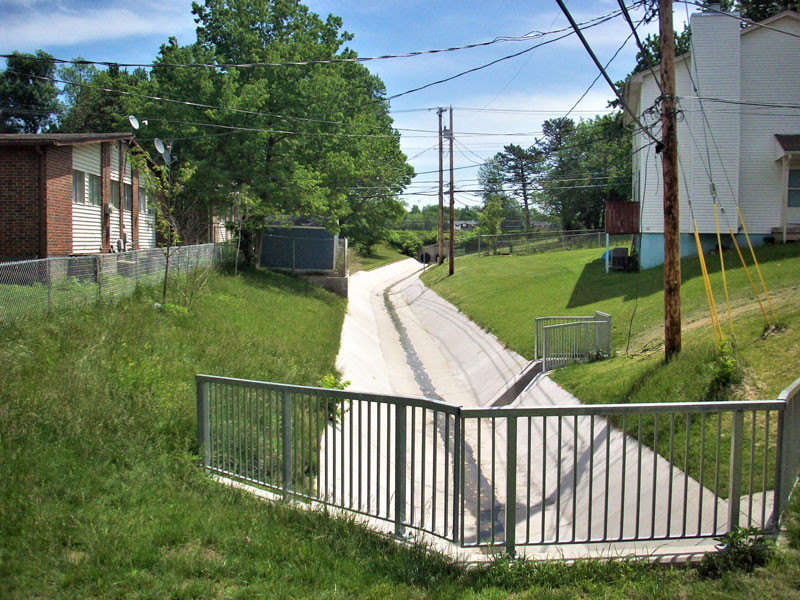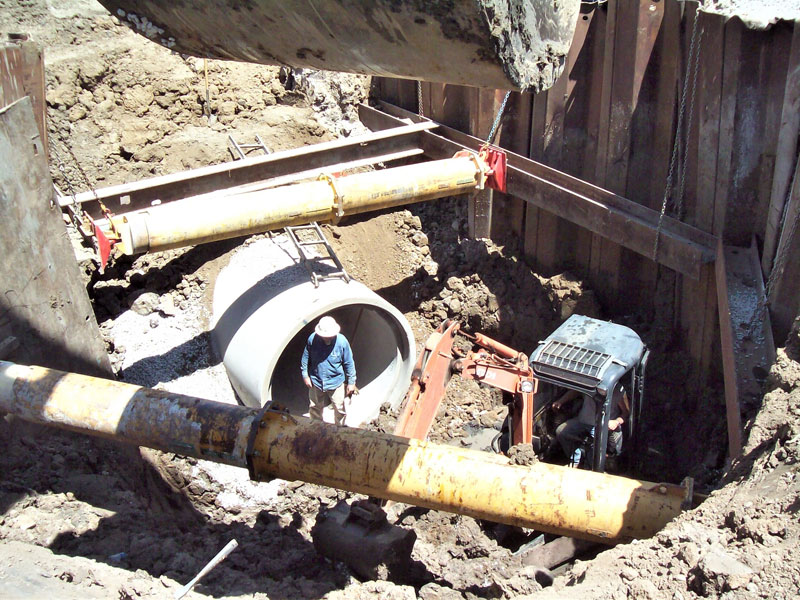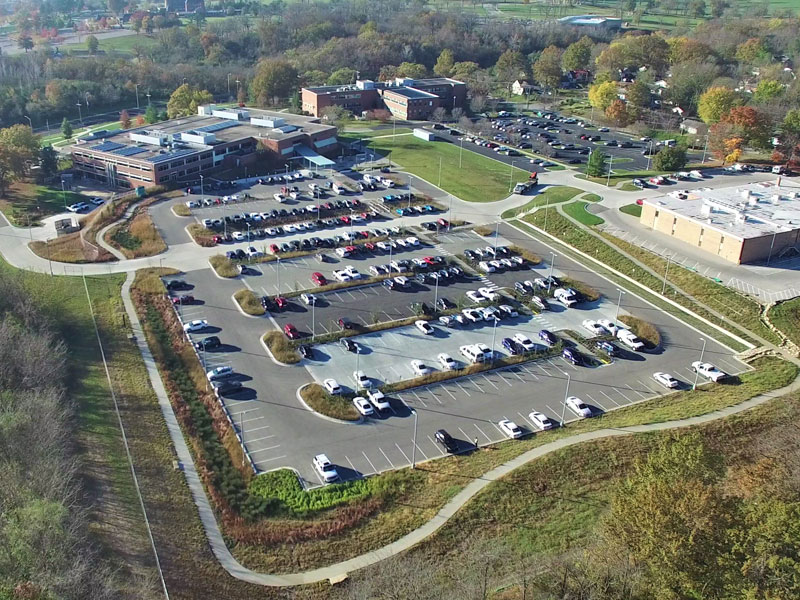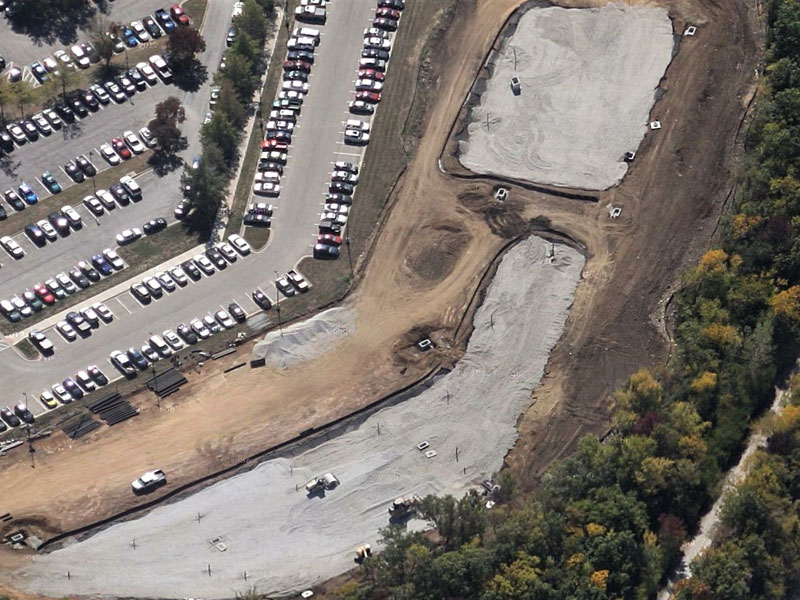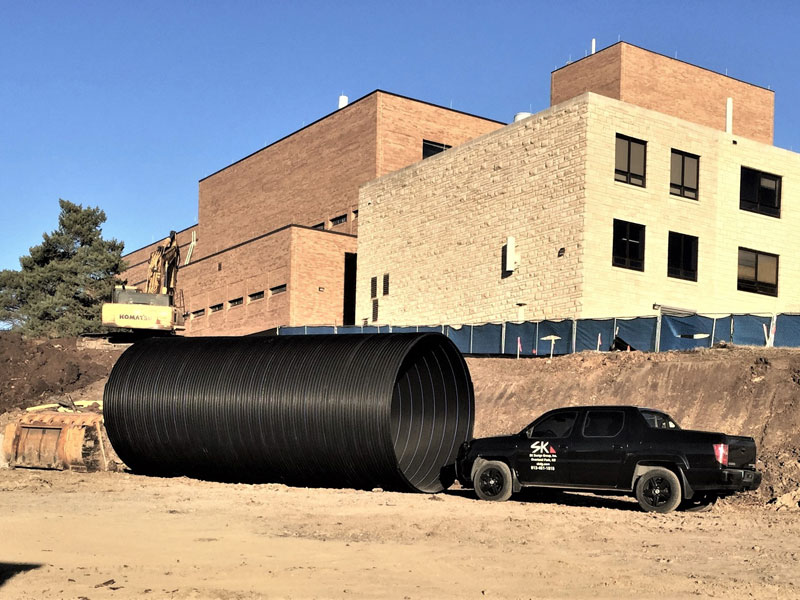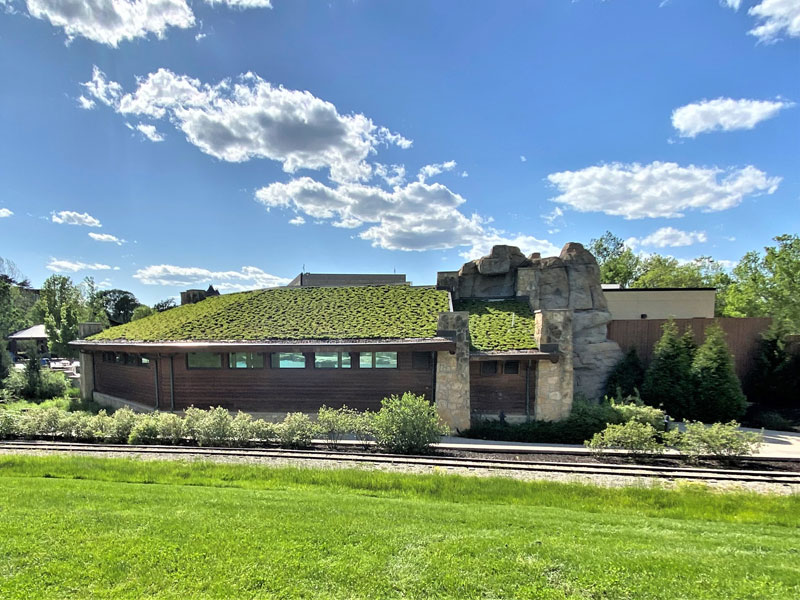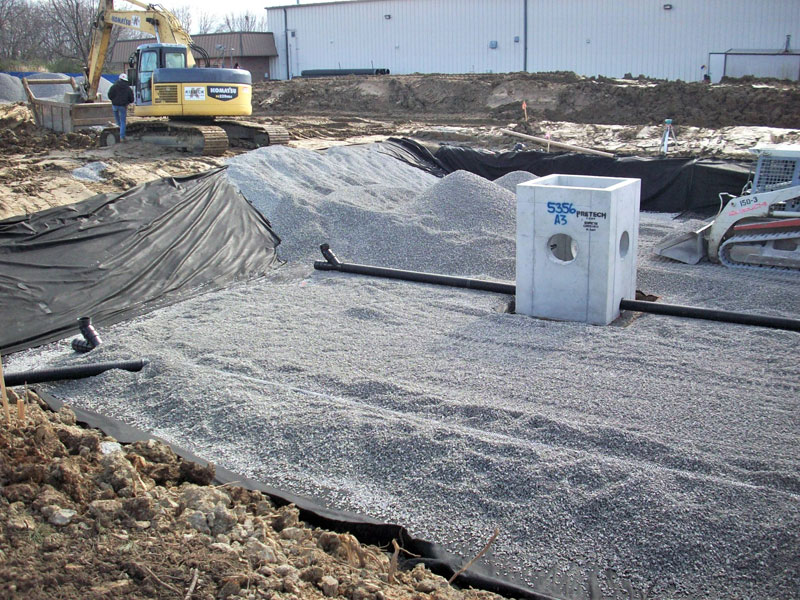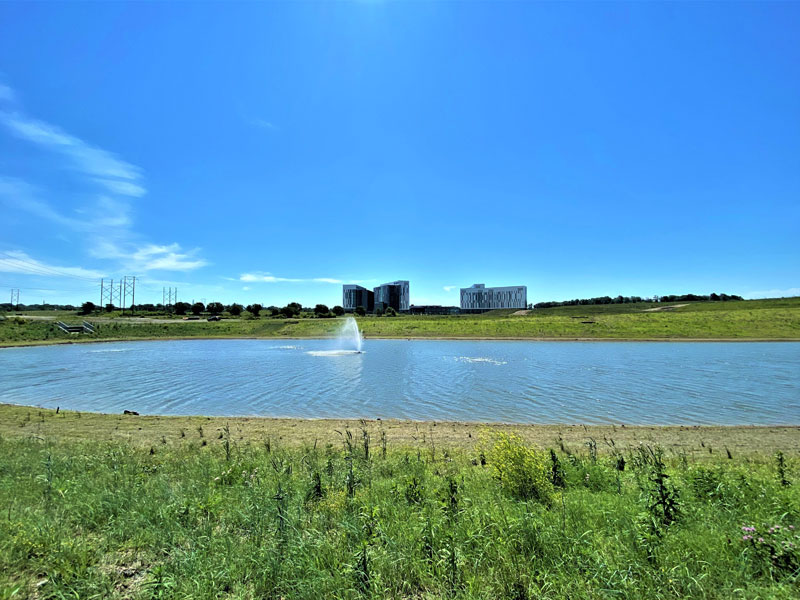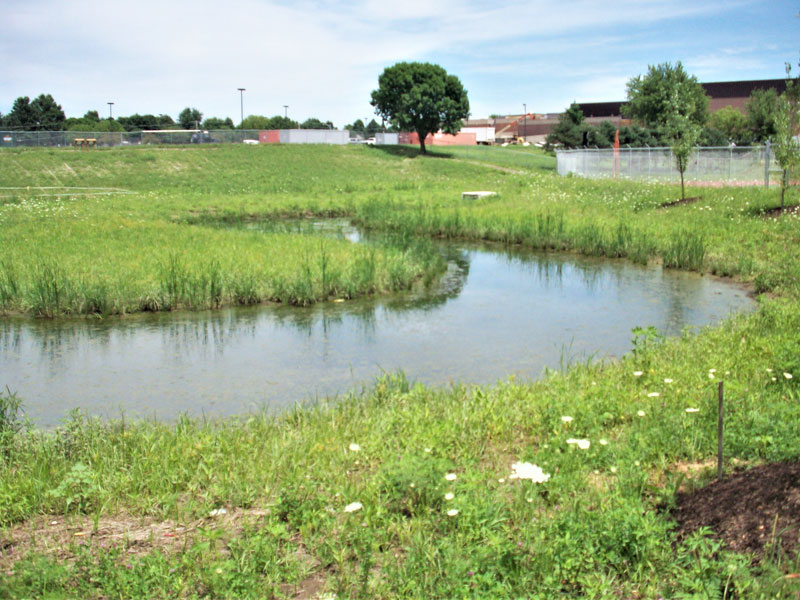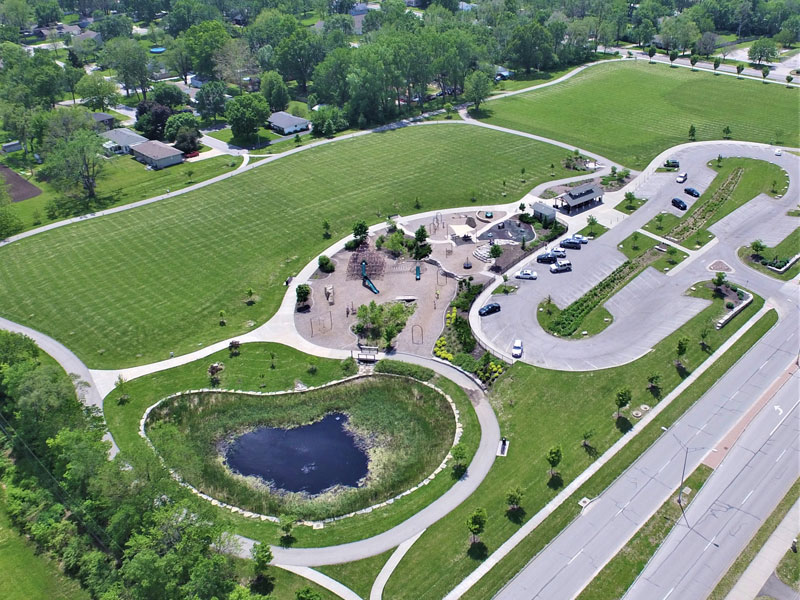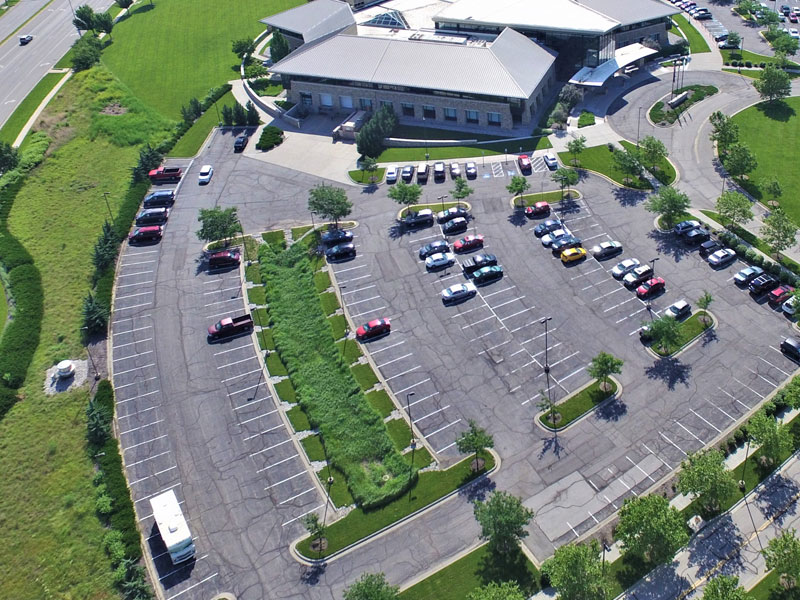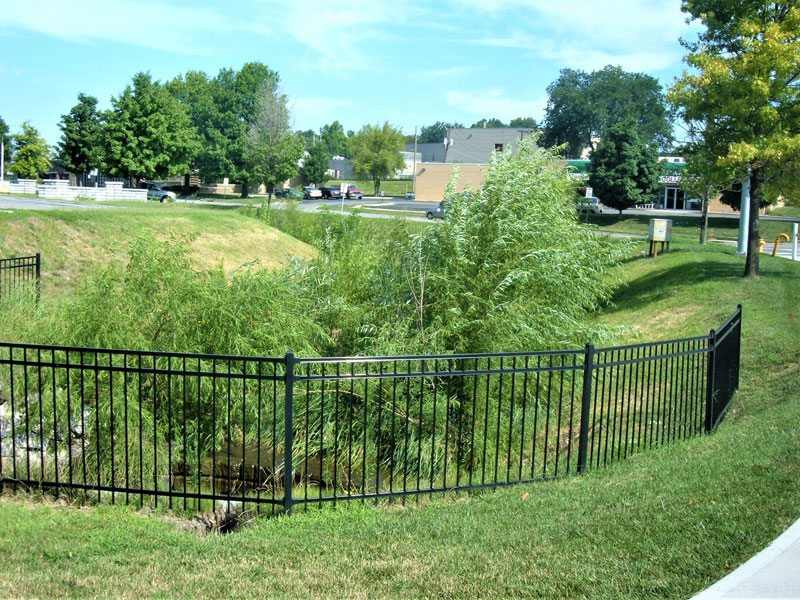STORMWATER MANAGEMENT
STORMWATER MANAGEMENT
One of the essential services provided by SK Design Group on almost all our projects involves Stormwater Management.
One of the essential services provided by SK Design Group on almost all our projects involves Stormwater Management.
Our Scope of Services
Standards for stormwater management vary throughout the industry, and are constantly evolving, especially in areas with combined sewer systems. We wade through these standards and work closely with the authorities having jurisdiction on our project to provide the necessary analysis and design for each project.
Hydrologic and hydraulic modeling is performed by our senior water resources engineers using state of the art computer programs. Drainage systems are designed in 3D and are coordinated with other utilities on site.
Our Scope of Services
Standards for stormwater management vary throughout the industry, and are constantly evolving, especially in areas with combined sewer systems. We wade through these standards and work closely with the authorities having jurisdiction on our project to provide the necessary analysis and design for each project.
Hydrologic and hydraulic modeling is performed by our senior water resources engineers using state of the art computer programs. Drainage systems are designed in 3D and are coordinated with other utilities on site.
Although each project is unique, SK Design Group incorporates sustainable engineering solutions and Best Management Practices (BMPs) into most of its projects. Our sustainable design approach generally results in lower overall cost, greatly improved storm water quality, reduction in “Heat Island Effect,” preservation of wildlife habitat, and enhanced recreational and educational opportunities, while meeting the requirements of the authority having jurisdiction over the project. SK Design staff includes several LEED AP and LEED AP BD+C accredited professionals.
SK Design is currently evaluating the use of carbon sequestering concrete process for the site concrete on the new KC Zoo Aquarium project. This process reduces CO2 emissions into the atmosphere by injecting CO2 into concrete. The injected CO2 reacts with calcium ions from cement to form a nano-sized mineral, Calcium Carbonate, which becomes embedded in the concrete. Reduction of CO2 emissions from concrete is promising as the cement industry is the second-largest industrial emitter of CO2 in the world, second only to the iron and steel industry.


